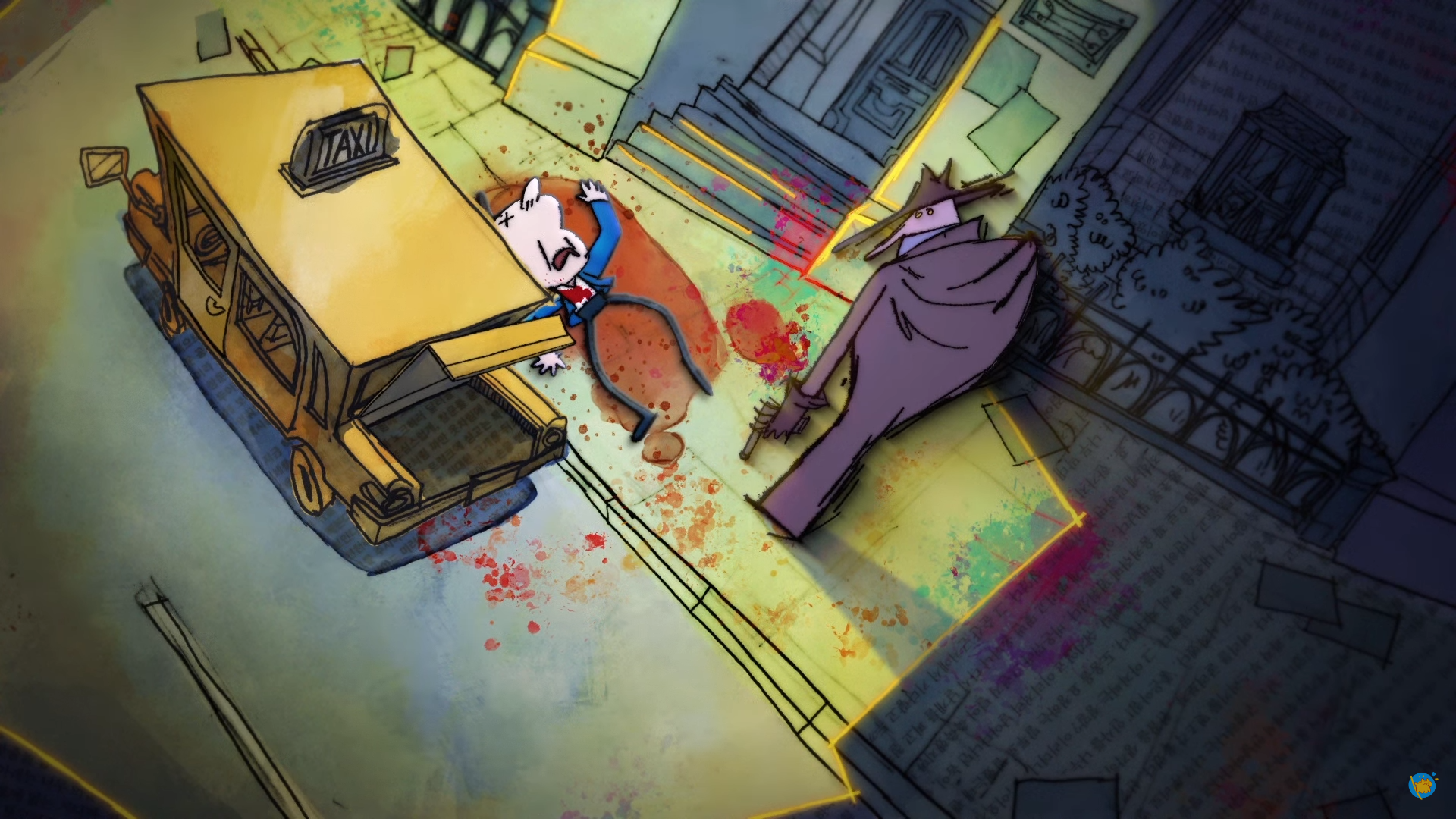Two
Directed by LINDSAY SCANLAN
United States of America, 2020
Drama, Comedy
The story of a child named Blue. Her twin was Yellow. Together, they were two.
Read our interview with Lindsay below to learn more about the film.
LINDSAY SCANLAN
Est. Reading Time: 4 Minutes
On The Ending
MARK (M) I love the ending sequence, I really like how you essentially use the umbilical cord to show the emotional and kind of spiritual connection between the siblings - the shot of the twins touching hands is honestly very sweet. When did you come up with this idea and sequence - did you have this ending in mind from the outset of developing the film? And it would be great if you can discuss the umbilical cord in terms of its symbolism to the siblings' relationship.
LINDSAY (L) So the idea initially started out as more of an obscure concept about two identical characters being literally attached to each other with a cord for the entire film, and the cord constantly becoming longer and more and more tangled in their everyday lives. One idea that lasted throughout those early concepts was the twins becoming stranded from each other, and trying to become untangled so they could reach each other again. But I didn’t quite know how to give it a proper conclusion until I realized I could apply my personal life and relationship with my brother to it.
I was really fascinated by the idea that umbilical cords can be seen as a connection between one person and another, be it a mother and baby, or two nameless, faceless shapes. It’s a tether, lifeline and bond that is undeniably physical until it is cut, but there will always be an emotional connection so long as the effort is made to keep it. One of the first concepts for an absolute ending was the twins talking to each other on the telephone in a split-screen with the phone cords connecting in the middle, much like an umbilical cord, but in a film of complete and utter silence aside from the ‘fantasy’ sequence, dialogue or even just indiscernible ‘walla’ felt too jarring, and I liked the vague ending idea of Blue sitting in silence having an implied conversation with Yellow.
M And how did your brother react to the film? Please tell us about the experience of sharing and watching the film with your brother.
L I tried very hard to keep my film an absolute secret from him, which wasn’t especially difficult since we live so far apart and I didn’t share too much of my work on the film online. I think most of what he saw was in-progress shots that didn’t give away much of the story.
When I released the film on Vimeo, which is where he first saw it, I didn’t know what his reaction was until he commented on my Facebook post about it and he was left pretty stunned. He really loved it, and even if it was just a Facebook comment, he said ‘Love you’, which is something we don’t really say to each other. We of course love each other but it’s not something we feel the need to say, it’s already implied. But your twin brother who you had an all out war screaming and throwing snowballs at when you were a kid telling you he loves you means a hell of a lot.
The pandemic unfortunately threw a wrench into any in-person screening plans for the film, which is where I hoped he would have been able to first see it, but we had to adapt to unexpected changes, much like Yellow and Blue.
On Process & Discovery
M In making and finishing the film, what did you discover and learn that you might adopt or further explore in future projects?
L I have learned to save copies of everything in preparation for the worst. I’m glad I had the smarts to save all my in-progress work on the project to Google Drive and an external drive, because when the pandemic shut down my campus, I had no idea that I would not be able to return to campus and work in the computer labs. I ended up finishing the animation as well as doing all of the editing and sound design work on my laptop in my room. Had I not done that, I would have never completed the film.
As for filmmaking itself, I definitely want to explore more intimate topics relating to family and coming-of-age, be it in a comedy setting or more dramatic setting. I think I’ll definitely stick with animation as the medium for filmmaking, even if it does add an extra element of difficulty than live action, it’s what I love to do.
The founder of Hommage, Mark Shaba published this interview on 08.02.2022. Mark is a grassroots filmmaker from Victoria, Australia. He respectfully acknowledges the past and present traditional owners of the land on which he creates, promotes and screens art, the Wurundjeri people of the Kulin nation who are the custodians.






















